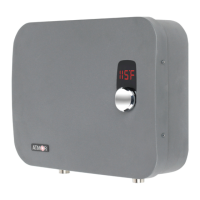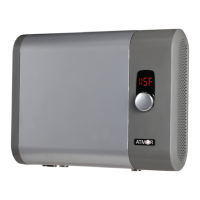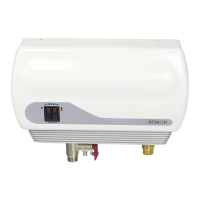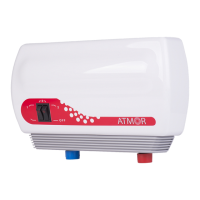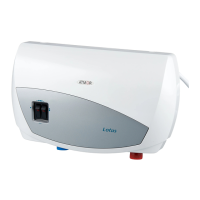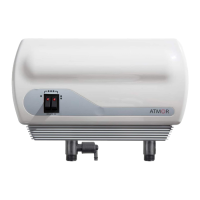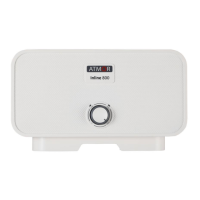Why is my Atmor Water Heater not hot enough?
- JJustin HeathJul 27, 2025
If your Atmor Water Heater is producing water that is not hot enough, you can reduce the water flow rate at the faucet or slightly close the shutoff valve on the unit’s incoming water supply line. You may also increase the temperature setting on the unit. Ensure the shutoff valve is fully open, and the water supply line is not blocked. If you have an anti-scald feature on your faucet that is mixing cold water, these types of faucets can usually be adjusted to reduce the amount of cold water mixed. If you need/ want hotter water, you can compensate for thermal loss due to long pipe run by increasing the setting on your water heater.
